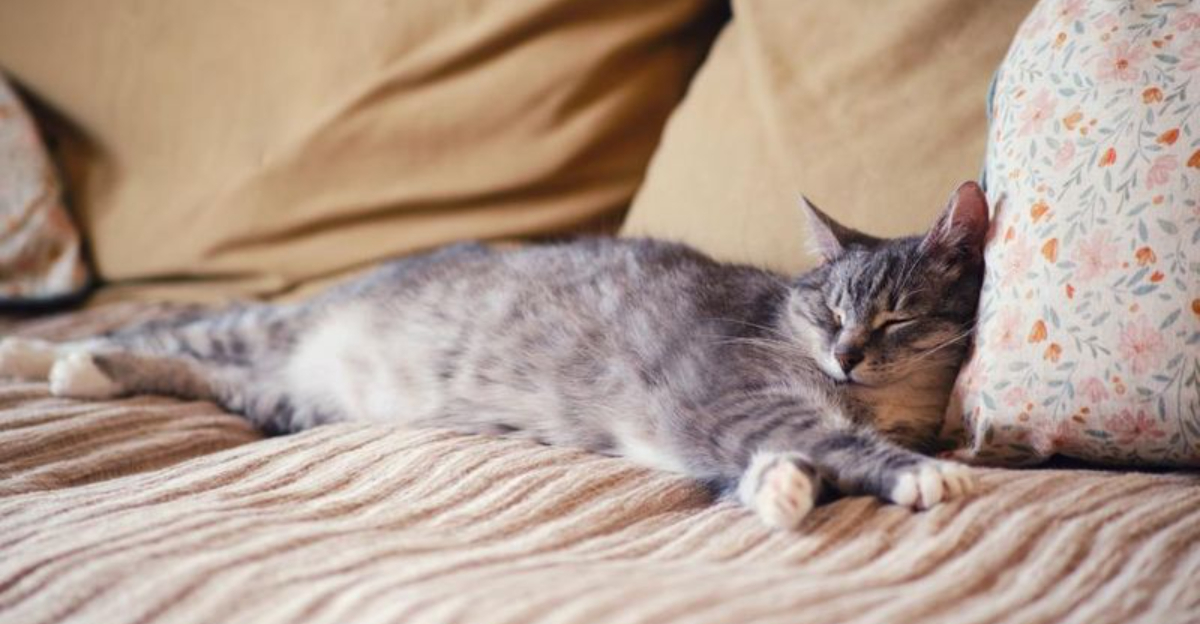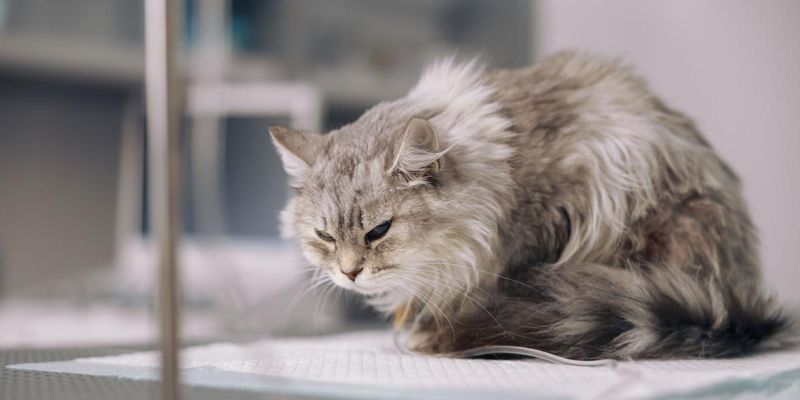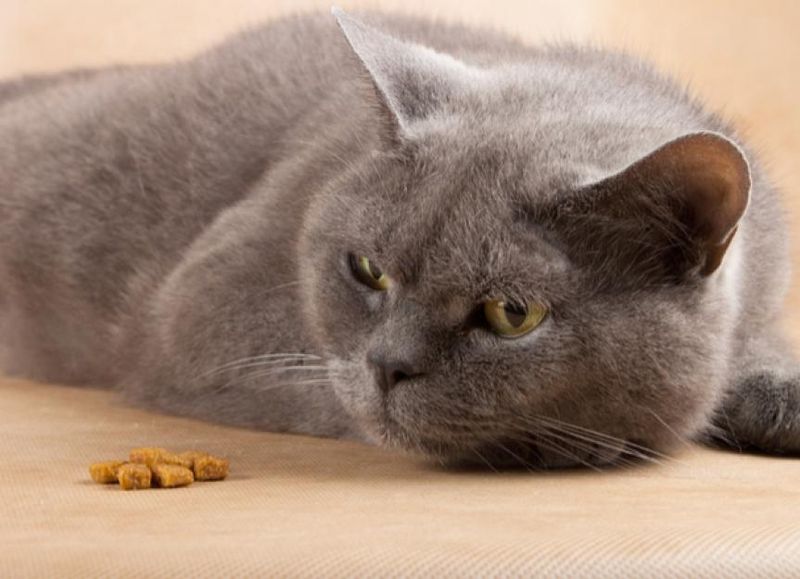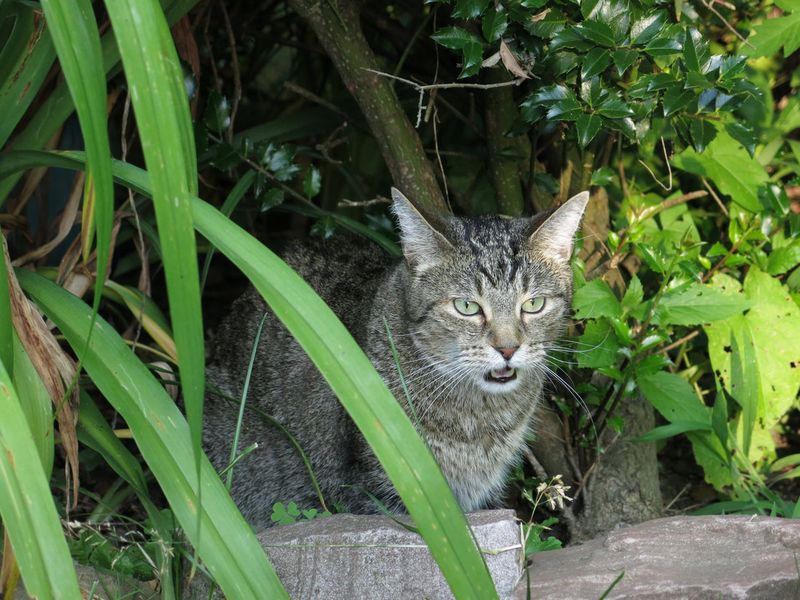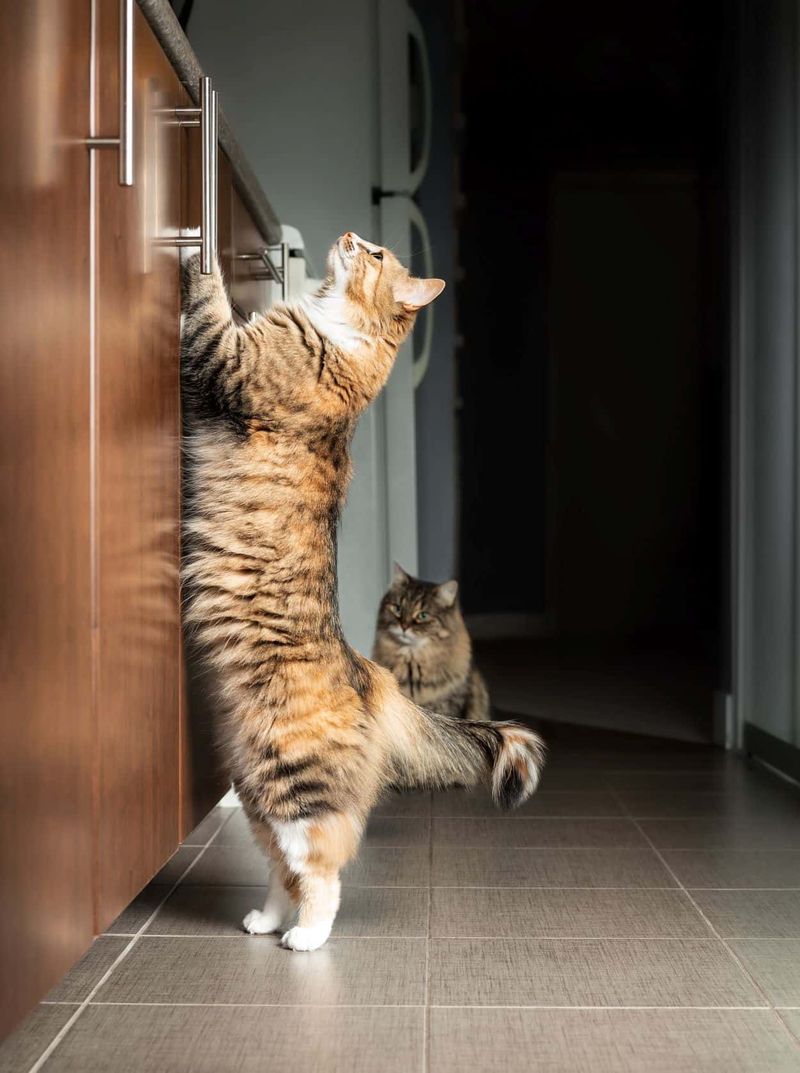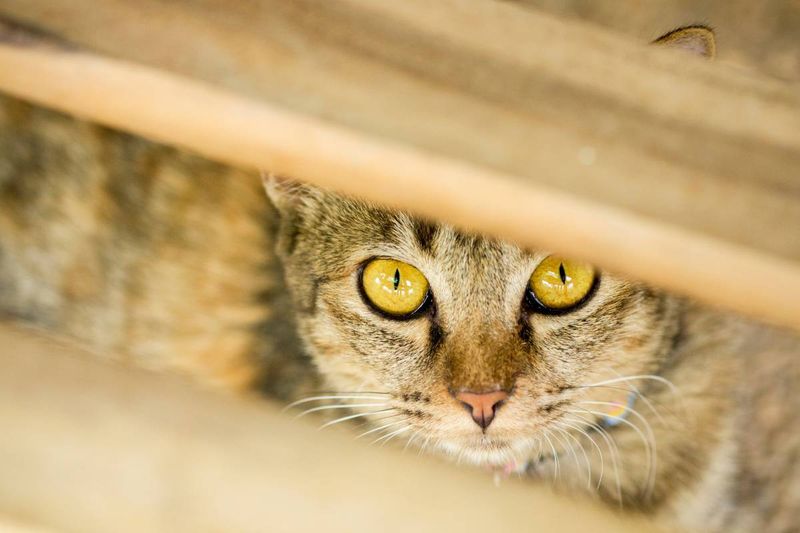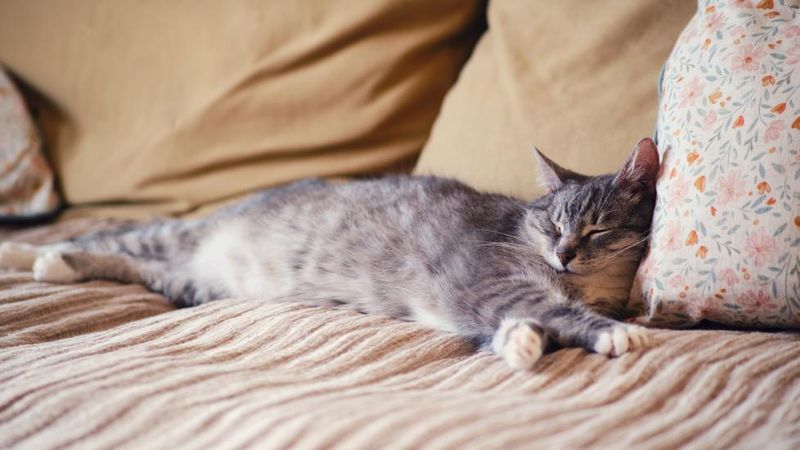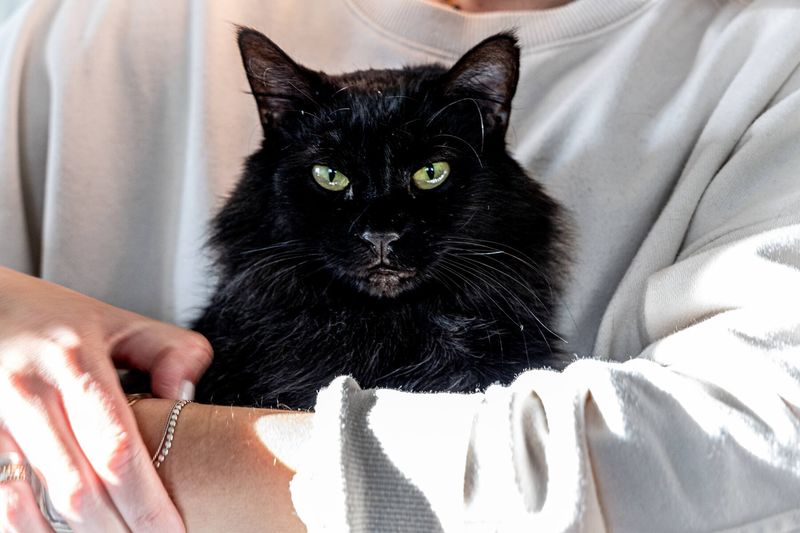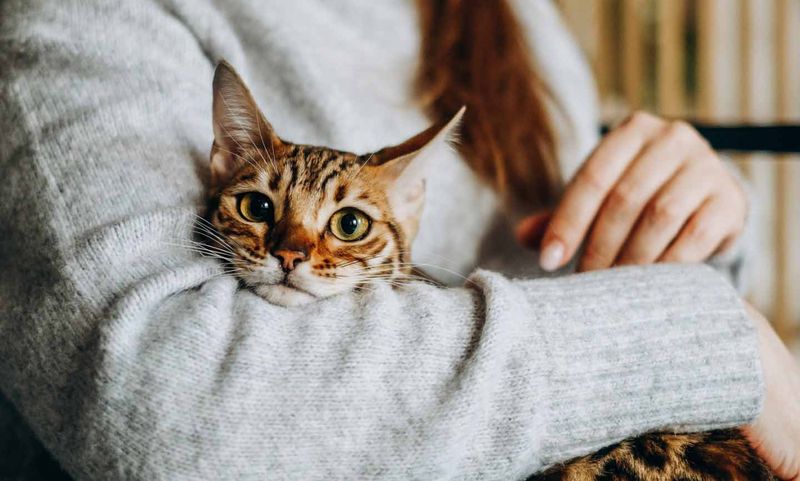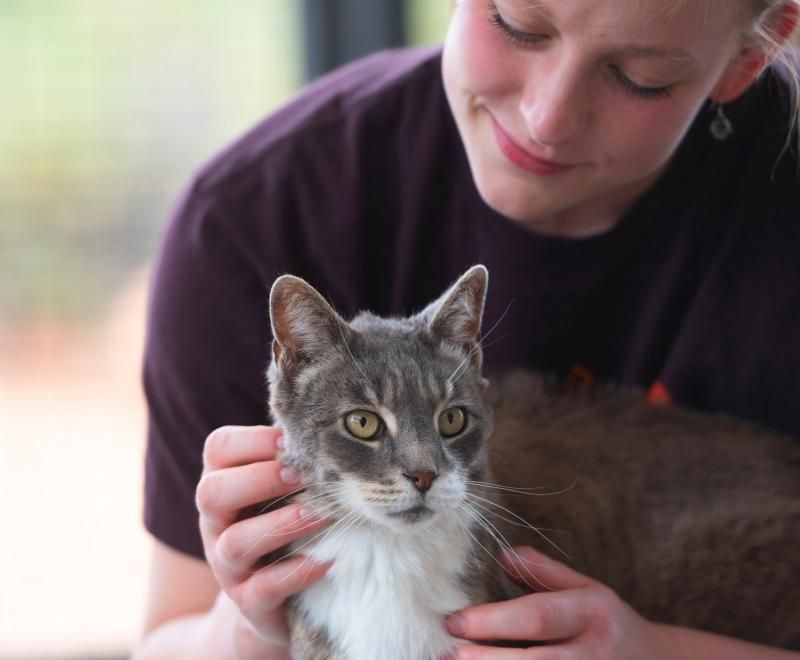📖 Table of Content:
Letting go of a beloved cat is one of the most heartbreaking experiences a pet parent will ever face. Our feline companions are more than just pets—they’re family, often by our side through life’s many highs and lows. They leave tiny paw prints on our hearts, and when their health declines, we find ourselves faced with an agonizing decision: how to know when it’s time to say goodbye.
Cats are notoriously good at hiding pain and discomfort, which makes it especially challenging to recognize when their quality of life has slipped beyond repair. As they age or face terminal illness, it becomes essential for us to pay closer attention to their behaviors, physical symptoms, and emotional needs. This decision is never easy, but understanding the signs can help ensure their final days are filled with compassion, not suffering.
In this article, we’ll explore 7 important ways to tell when it might be time to let your cat go, as well as 3 meaningful steps to take afterward to honor their memory and begin healing. This is written with empathy and respect for both you and your cat, offering guidance during a moment filled with love, sorrow, and deep connection.
1. Chronic Pain That Can’t Be Managed
Persistent pain in cats often shows itself in subtle but distressing ways. Rather than vocalizing, your cat may flinch when touched, stop jumping on furniture, or walk stiffly across the room. Even with medications or holistic treatments, there may come a point when nothing seems to relieve their discomfort. When daily life becomes a battle against invisible pain, continuing treatments may only prolong their suffering. You know your cat’s typical demeanor best, and if that spark is fading despite your care, it’s a signal worth hearing. Your vet can help assess their pain levels, but ultimately, it’s your deep bond with your cat that may sense the truth first. Pain that overshadows joy is a sign that their body may be ready to rest.
2. Refusal to Eat or Drink
A significant and ongoing drop in appetite is one of the clearest signs that your cat’s body is beginning to shut down. They may sniff food and walk away or refuse even their favorite treats. Without nutrition and hydration, their strength fades quickly, leading to fatigue, weakness, and further disinterest in surroundings. You might try everything—from warming up food to hand-feeding—but nothing seems to work. While appetite can fluctuate with age or illness, a total loss of interest in sustenance over days or weeks is usually more than just a passing phase. When even water is ignored, the body is often giving up. It’s at this point that quality of life becomes a central concern.
3. Breathing Difficulties
Breathing should be effortless, but when your cat begins to struggle with each breath, something serious is likely at play. You may notice rapid chest movements, open-mouth breathing, or a strange wheezing sound as they inhale. These symptoms can result from heart failure, lung disease, or tumors pressing on the airways. Cats experiencing respiratory distress may appear anxious, avoid lying down, or stretch their necks to breathe more easily. It’s painful to witness—and even more painful for them to experience. Emergency vet visits may offer temporary relief, but if these episodes return often, it may be time to prioritize comfort. A cat who cannot breathe with ease cannot live with peace.
4. Loss of Mobility
Sometimes, the change is gradual: your cat stops climbing, hesitates at stairs, or spends most of their time in one spot. As mobility decreases, independence and dignity often follow closely behind. You might find them soiling themselves because they couldn’t reach the litter box or neglecting grooming due to pain. Neurological issues, arthritis, or injury-related conditions may limit movement, and while treatments can help for a time, there are limits. A cat that can no longer move without fear or frustration is likely enduring emotional and physical distress. You may feel helpless watching them struggle—but acknowledging their suffering is one of the most powerful acts of love. Sometimes, letting go is the kindest thing we can do.
5. Frequent Hiding or Social Withdrawal
Unlike dogs, cats often retreat inwards when they feel unwell—but when hiding becomes constant, it’s a sign something deeper is wrong. Your once-social companion may now spend hours under the bed or in a closet, far from your comforting presence. This isn’t just moodiness; it’s a survival instinct kicking in when they feel vulnerable or scared. They may no longer greet you at the door or curl up on your lap like they used to. Avoiding eye contact, turning away from petting, or seeming “absent” emotionally can all signal internal distress. Their world becomes smaller as they pull away from the connection you shared. Respecting their space is important, but so is understanding what it may be telling you.
6. Diagnosed Terminal Condition
Hearing a vet deliver a terminal diagnosis feels like the ground falling out beneath you. In these moments, hope may shift from cure to comfort. When an illness such as advanced kidney disease, cancer, or heart failure reaches the point where treatment no longer improves daily life, euthanasia becomes part of the conversation. It’s natural to want to fight for more time, but prolonged suffering isn’t a gift—it’s a burden. You might see your cat enduring treatments, visits, or medications that no longer bring relief. If every day feels like a struggle to delay the inevitable, it’s okay to step back and ask what’s truly in your cat’s best interest. Saying goodbye before the pain becomes overwhelming is an act of grace.
7. More Bad Days Than Good
Each cat’s journey is different, but one simple rule can help guide this painful decision: count the good days. If your cat is mostly sleeping, avoiding interaction, or showing multiple signs of distress more often than not, it’s a strong indicator that their quality of life is declining. You might keep a journal, noting behaviors each day, to track the pattern over time. When joyful moments become rare and brief, and suffering becomes the norm, it’s a signal that life is no longer enjoyable for them. This isn’t about giving up—it’s about releasing them from the grip of pain. Choosing to say goodbye based on love, not fear, may be one of the most courageous things you’ll ever do.
1. Create a Memorial
Finding a way to celebrate your cat’s life can bring comfort during the grieving process. Whether it’s framing a favorite photo, planting a tree in their memory, or keeping a small urn with their ashes, a memorial gives your love somewhere to go. Many people also create online tributes, write letters to their pets, or compile photo albums filled with their cat’s most cherished moments. These acts of remembrance help transform pain into something meaningful. Your cat was a huge part of your world, and it’s okay to mark their passing with significance. Grief is love without a place to go—memorials give it a home.
2. Allow Yourself to Grieve
Grief isn’t linear, and there’s no “right” way to experience the loss of a beloved pet. One moment you might feel at peace, and the next you could be overwhelmed by a wave of sadness. Allow yourself to feel everything—anger, guilt, longing, relief, and heartbreak—without judgment. Some days, the absence may feel unbearable, especially when daily routines are suddenly quiet. Don’t rush to “move on” or minimize your loss because it was “just a pet”—your cat was family, and their absence is real. Give yourself the grace and space to heal in your own time, and lean on those who understand that kind of love.
3. Donate or Help Other Pets in Need
When the time feels right, doing something good in your cat’s memory can bring a sense of purpose to your pain. Volunteering at a shelter, fostering kittens, or making a donation in their name are all meaningful ways to continue your bond through acts of kindness. This isn’t about replacing your cat—it’s about honoring the love they gave you by passing it forward. Some people even sponsor a rescue animal in their late cat’s honor, continuing their legacy of companionship and care. Helping others can’t erase your grief, but it can turn your love into a living tribute.
